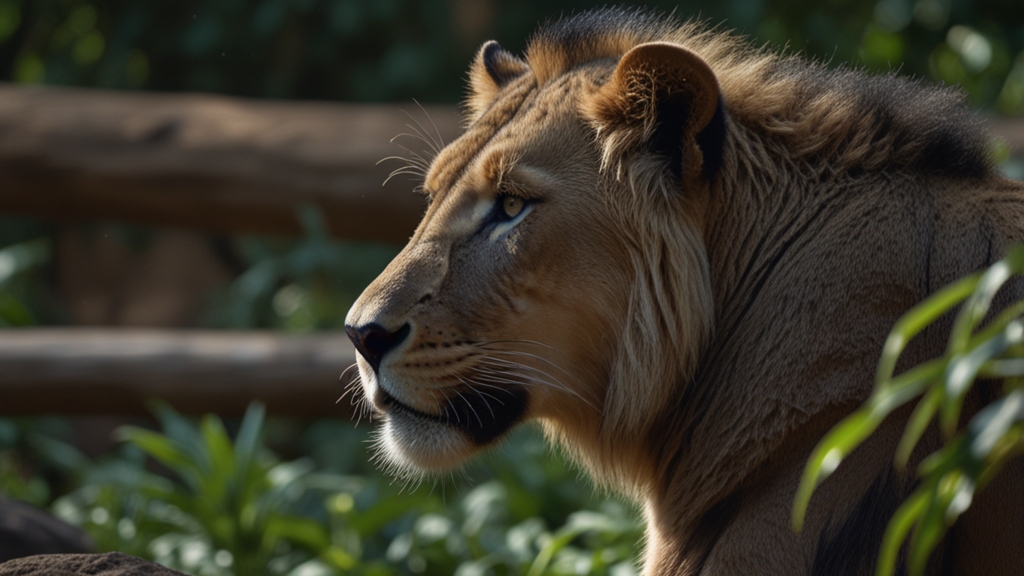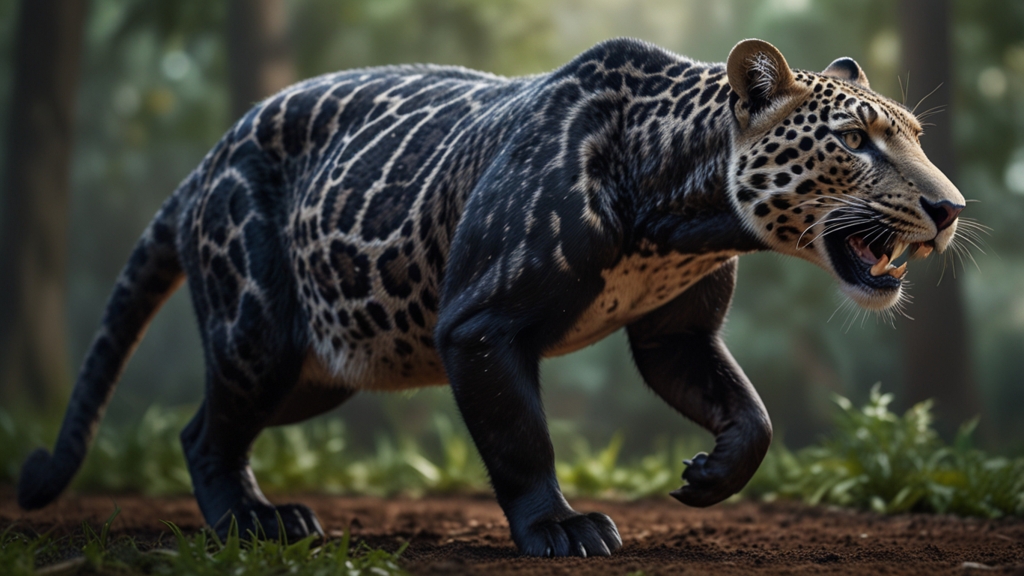The Fascinating Science Behind Animal Hierarchies
Animal hierarchies are a captivating facet of the animal kingdom, displaying complex social structures that have evolved over millions of years. These social hierarchies play a crucial role in regulating access to resources, maintaining social order, and ensuring the survival of species. From the bustling bee colonies to the sophisticated societies of primates, animal hierarchies offer profound insights into the organization and behavior of various species.
Understanding Social Hierarchies
Animal hierarchies, also known as dominance hierarchies or social ranks, are systems within animal groups that determine the structure of social interactions. Members are ranked relative to each other, usually designated as dominant (alpha) or subordinate (beta). This ranking system helps in reducing conflicts over resources, such as food, mates, and territory, optimizing the overall well-being of the group.
The Role of Dominance
Dominance is a central concept in animal hierarchies. Dominant individuals typically have preferential access to resources, which can enhance their survival and reproductive success. Dominance is often established through behaviors like displays of strength, aggression, or even cooperation.
"In the animal kingdom, the quest for dominance is often a balance between aggression and submission. The subtle dance of social maneuvering ensures harmony within the group, minimizing the risks associated with constant conflict." - Dr. Jane Goodall
Examples of Animal Hierarchies
The animal kingdom exhibits various forms of social hierarchies. Understanding these unique structures provides rich insights into animal behavior:
- Primates: Many primates, including chimpanzees and gorillas, have highly complex social structures. Dominant alpha males often lead groups, but coalitions and alliances can shift power balances within the group.
- Birds: The "pecking order" in chickens is a classic example of an avian hierarchy where individuals are ranked linearly. Each bird knows its place and this reduces aggressive encounters.
- Insects: In eusocial insects like bees and ants, a single queen dominates the reproductive hierarchy, while sterile workers support the colony. This division of labor is crucial for the colony's efficiency and survival.
"The social structure of a bee colony is one of nature's most efficient systems. Each bee's role is finely tuned, from the diligent worker to the regal queen, ensuring the colony thrives collectively." - Entomologist Dr. Robert Page
Mechanisms and Communication
Communication is vital in maintaining and organizing hierarchies. Animals use a combination of visual cues, vocalizations, chemical signals, and physical interactions to establish and enforce social ranks. For instance, wolves exhibit a range of behaviors from growls to body postures to assert dominance and submission, ensuring the pack's stability.
Implications for Conservation
Understanding animal hierarchies is not merely an academic pursuit; it has practical implications for conservation and animal welfare. Disrupting social structures through human intervention, habitat destruction, or captive breeding can have detrimental effects on animal populations. Conservation strategies that consider social dynamics can enhance the success of reintroduction programs and preserve the natural behaviors of endangered species.
"Conservation efforts that recognize the importance of social structures can better support the resilience and natural behaviors of animal populations, ensuring their sustainable future." - Conservation Biologist Dr. Sarah Harper
Conclusion
The study of animal hierarchies unveils the intricacies of social behavior across species, highlighting the importance of structure, communication, and balance within animal groups. From the commanding alpha to the cooperative colony, these hierarchies showcase the evolutionary marvel of nature's organizational prowess. As we delve deeper into this fascinating field, we not only gain a greater appreciation for the animal kingdom but also glean insights that can inform conservation and enrich our understanding of social dynamics in human societies.







